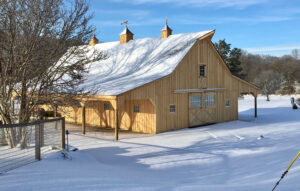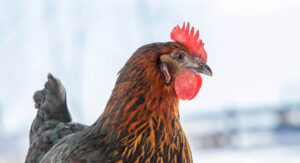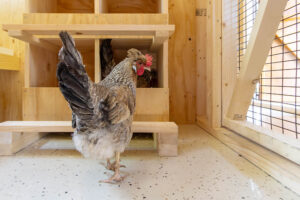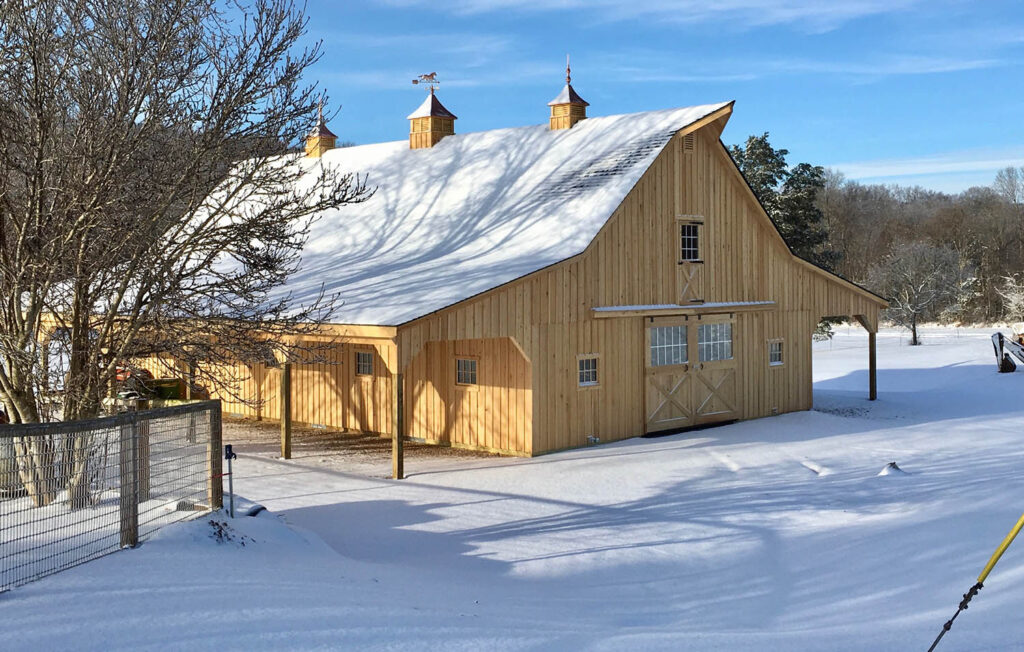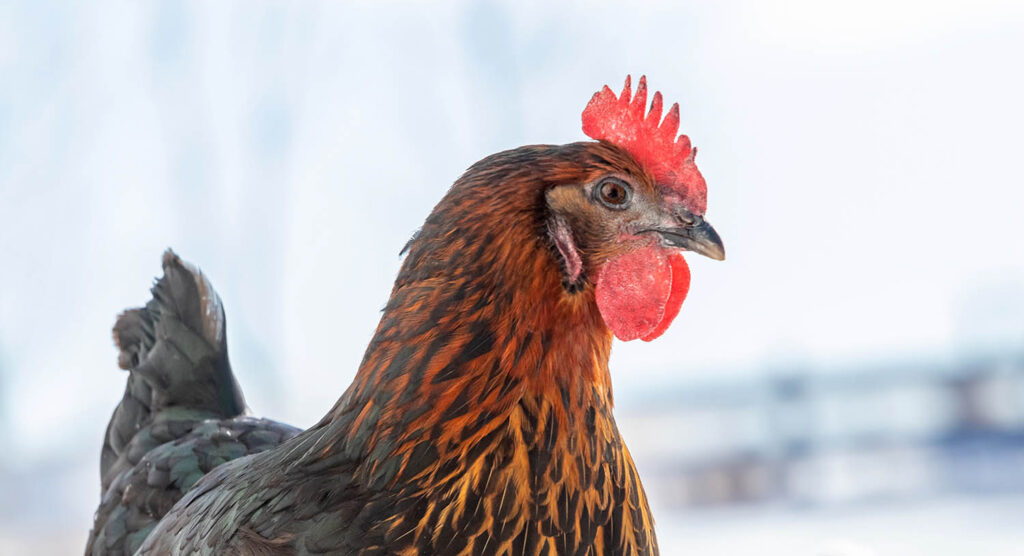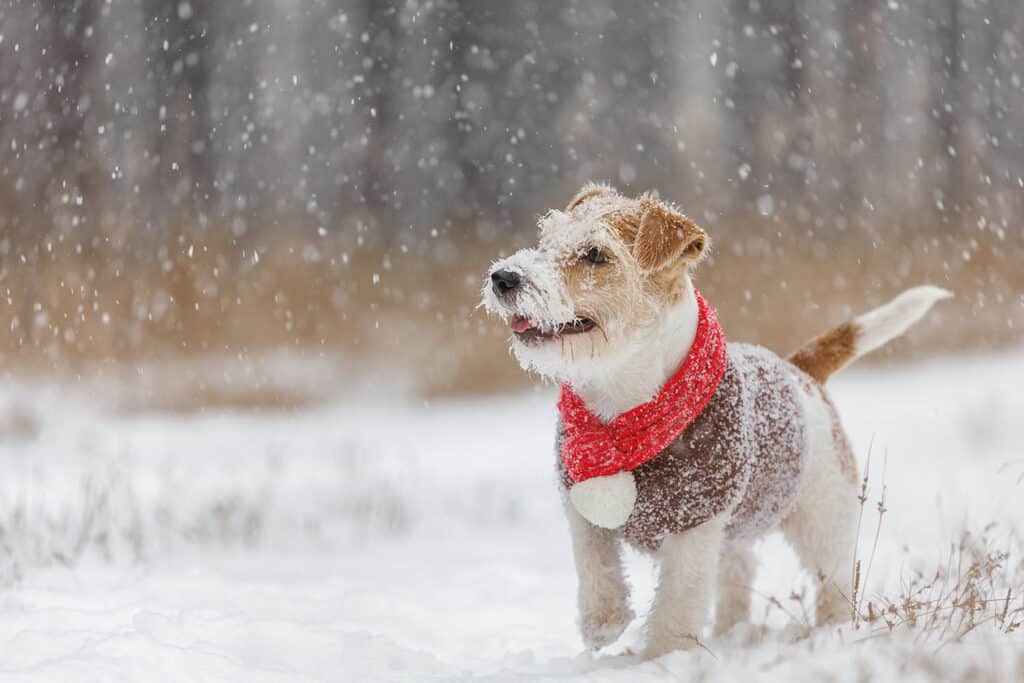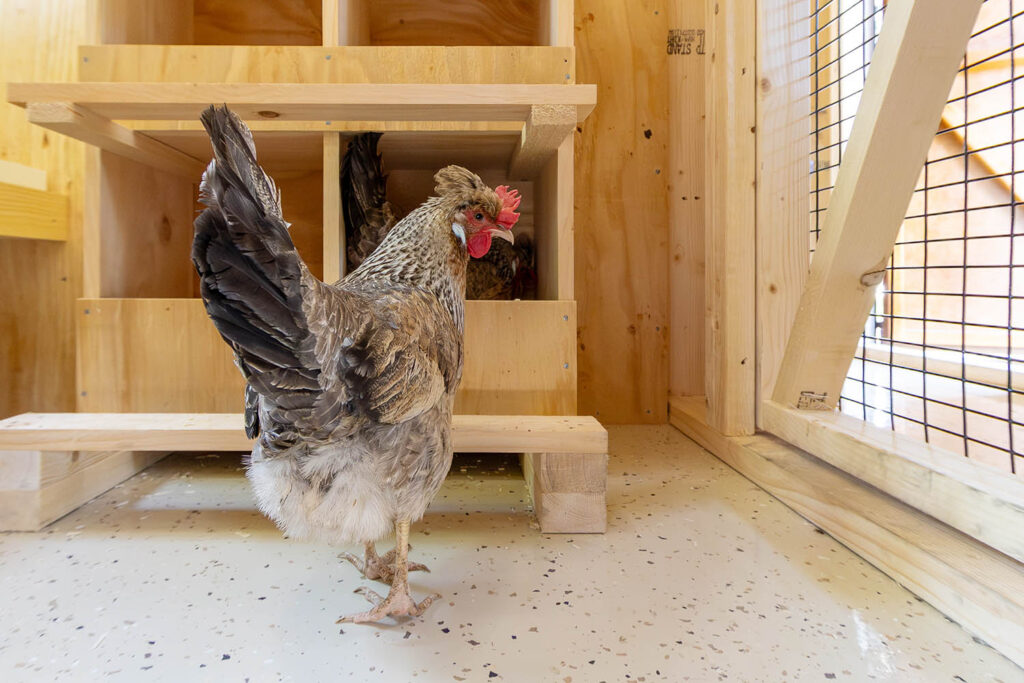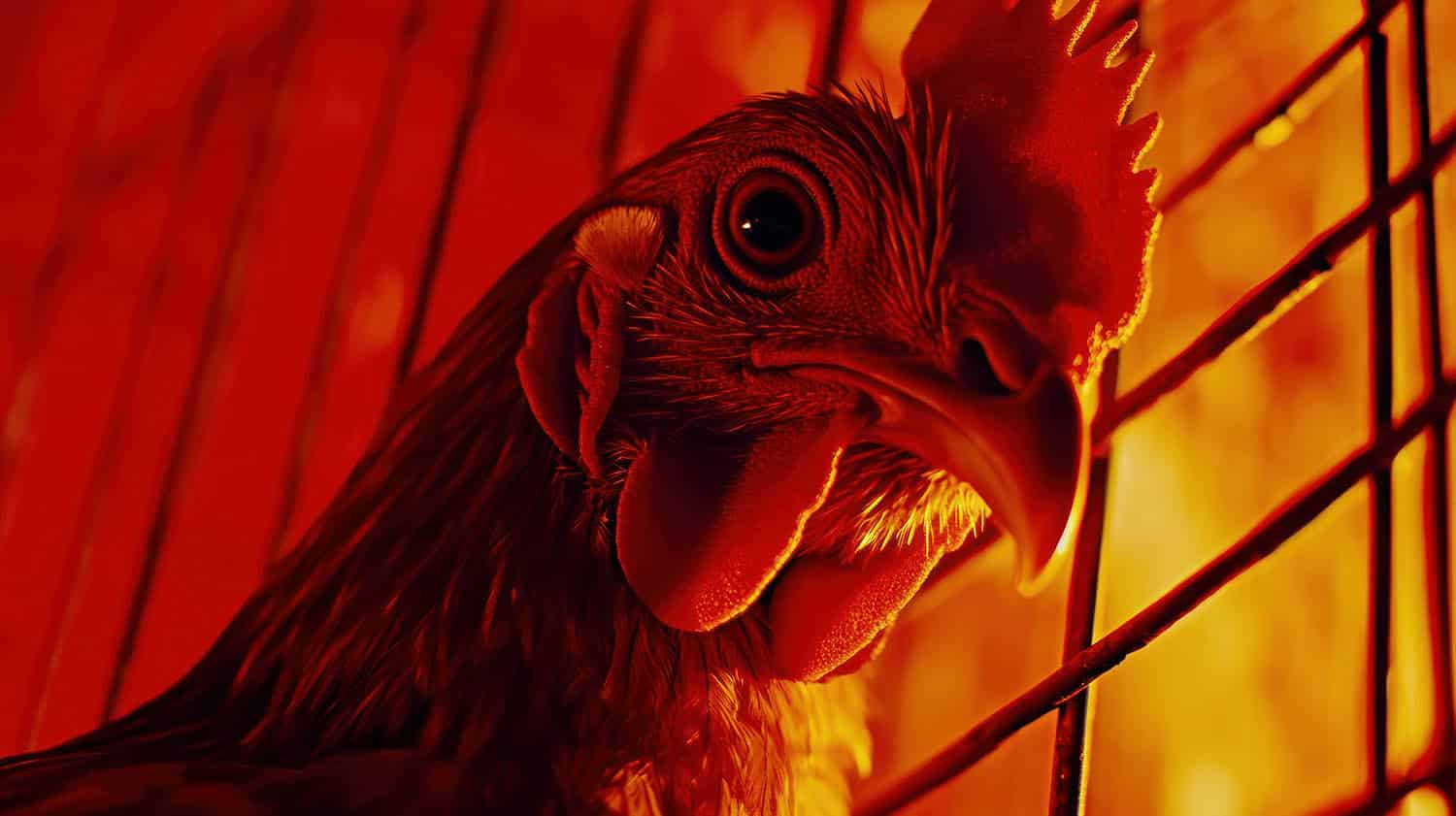 Summer heat can turn a chicken coop into a dangerous oven. Chickens can’t sweat, so once temperatures climb into the 90s°F, egg production drops and the risk of heat stroke rises. Extreme heat is often more dangerous than winter cold. The key to keeping your flock safe is preparation.
Here are 7 proven upgrades and strategies — from shade sails to frozen treats — to keep your flock safe and comfortable during the hottest days.
Summer heat can turn a chicken coop into a dangerous oven. Chickens can’t sweat, so once temperatures climb into the 90s°F, egg production drops and the risk of heat stroke rises. Extreme heat is often more dangerous than winter cold. The key to keeping your flock safe is preparation.
Here are 7 proven upgrades and strategies — from shade sails to frozen treats — to keep your flock safe and comfortable during the hottest days.
1. Install Shade Sails or Cloth
Shade is your first defense. Direct sun on the coop can quickly push interior temperatures into the danger zone. If trees or natural shade are lacking, add breathable shade cloths or sails over the coop and run. These can lower temperatures several degrees without trapping heat. Avoid solid tarps that block airflow. Instead, angle shade sails to block midday sun and choose light colors to reflect heat. Even painting sun-exposed areas white can help. The goal is to prevent the coop from acting like a greenhouse.2. Boost Ventilation with Fans and Ridge Vents
Hot, stagnant air inside a coop can be deadly. Proper ventilation releases rising heat and replaces it with cooler air.- Add high vents or ridge vents near the roof to let hot air escape.
- Create low vents or larger pop doors to pull cooler air in.
- Cover openings with predator-proof mesh.
 If natural airflow isn’t enough, add exhaust or circulation fans. Solar-powered or battery-operated fans work well for off-grid coops. Position them to move air through the coop, not directly onto the birds. Good ventilation also reduces humidity and ammonia buildup, making the coop healthier overall.
This article from Forestry.com: “Best Fans for Chicken Coops: Effective Colling Solutions Reviewed” is a GREAT resource!
If natural airflow isn’t enough, add exhaust or circulation fans. Solar-powered or battery-operated fans work well for off-grid coops. Position them to move air through the coop, not directly onto the birds. Good ventilation also reduces humidity and ammonia buildup, making the coop healthier overall.
This article from Forestry.com: “Best Fans for Chicken Coops: Effective Colling Solutions Reviewed” is a GREAT resource!
3. Offer Frozen Treats & Electrolyte Water
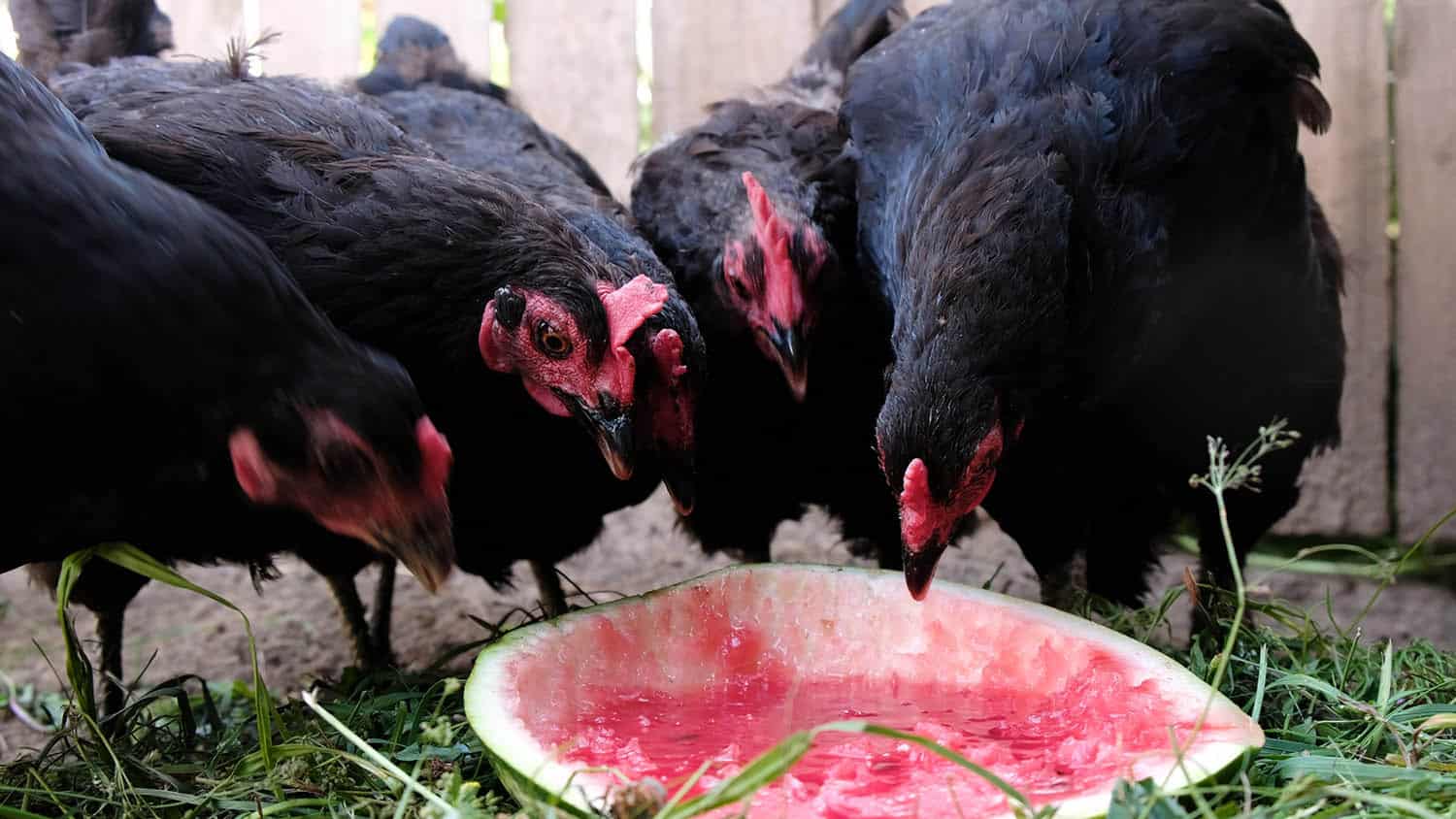 Hydration is critical in summer. Chickens drink more in heat, but they may avoid warm, stale water. Keep multiple waterers in shaded spots, refill them often, and add ice to keep the water cool.
During heat waves, provide electrolyte supplements in water to replace salts and minerals lost through panting. These work like sports drinks for poultry and help prevent dehydration and heat exhaustion.
For extra cooling, offer frozen treats:
Hydration is critical in summer. Chickens drink more in heat, but they may avoid warm, stale water. Keep multiple waterers in shaded spots, refill them often, and add ice to keep the water cool.
During heat waves, provide electrolyte supplements in water to replace salts and minerals lost through panting. These work like sports drinks for poultry and help prevent dehydration and heat exhaustion.
For extra cooling, offer frozen treats:
- Watermelon or cucumber slices straight from the freezer
- Frozen peas or corn kernels
- Homemade “ice blocks” of fruits and veggies frozen in water
4. Set Up a Misting System
A misting system cools the surrounding air using evaporative cooling. Install a hose-based mister around the coop or run to lower temperatures without soaking the birds. Aim misters at shade cloths, the coop roof, or the run’s perimeter to cool incoming air. Keep the ground slightly damp — cooler underfoot, but not muddy. In dry climates, DIY “swamp coolers” (fans blowing over cold water or ice) can also work. Always keep electrical components away from water and give birds a dry retreat.5. Add Cooling Pads or Tiles
Give your flock dedicated “chill zones.” Cooling pads designed for pets can be placed in shaded coop corners, or you can use ceramic or stone tiles that hold cold for hours. Chill tiles in a freezer or hose them down before placing them in the run. Other options:- Partially bury bricks or pavers and wet them down
- Use sand as bedding, which stays cooler than straw and allows chickens to dig into cooler layers
- Place frozen water bottles in the coop for birds to lean against
6. Use Light-Colored or Reflective Roofing
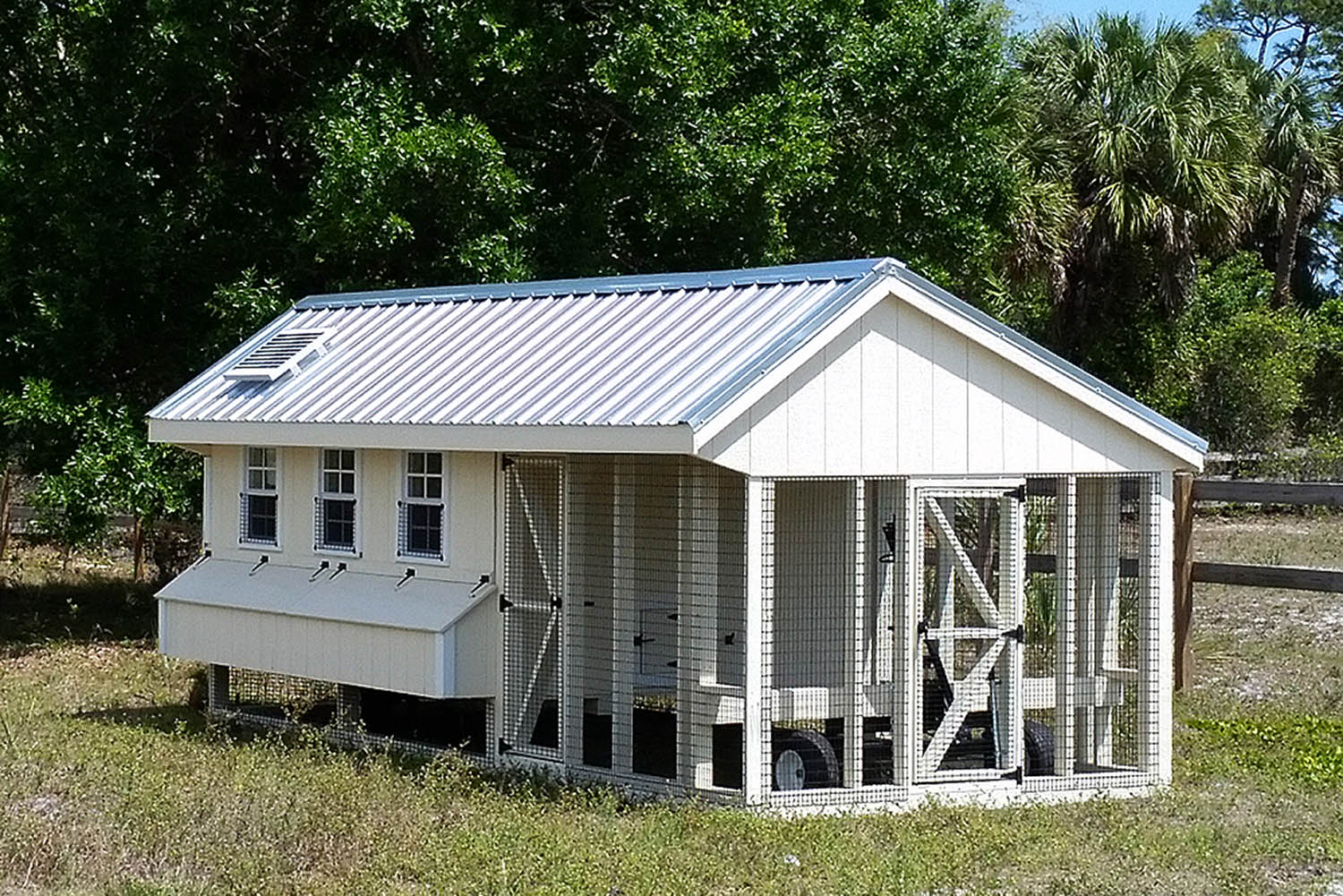 A dark roof absorbs heat and radiates it inside. Swap it for light-colored metal, white-painted panels, or reflective coatings. Even painting your existing roof white can reduce heat absorption.
If replacing the roof isn’t an option, add a reflective barrier under the roofing or a second “shade” layer above it, such as foam board or brush. Choose materials with high solar reflectance when building or renovating coops to passively keep the interior cooler.
A dark roof absorbs heat and radiates it inside. Swap it for light-colored metal, white-painted panels, or reflective coatings. Even painting your existing roof white can reduce heat absorption.
If replacing the roof isn’t an option, add a reflective barrier under the roofing or a second “shade” layer above it, such as foam board or brush. Choose materials with high solar reflectance when building or renovating coops to passively keep the interior cooler.
7. Create Deep Shade with Plants or Structures
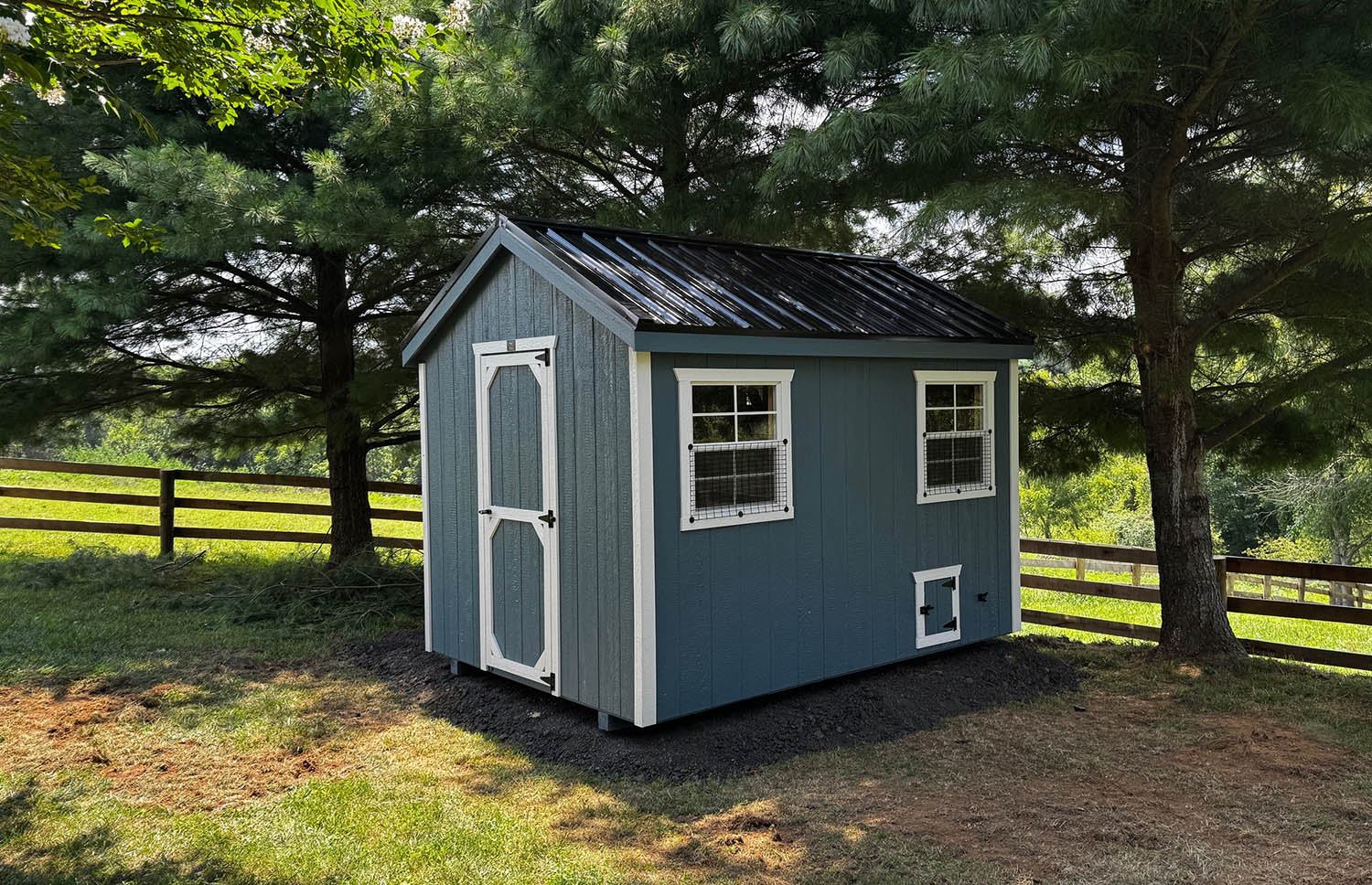 For a lasting, natural cooling solution, add living shade. Deciduous trees, tall shrubs, or fast-growing vines on trellises can shade the coop in summer while allowing sunlight through in winter. Safe options include sunflowers, grape vines, or most fruit trees.
If planting isn’t possible, build a pergola, lean-to, or shade structure over part of the run. Climbing plants on fencing or pergolas create a living canopy that cools air and provides shelter. A shaded retreat is essential during the hottest part of the day.
For a lasting, natural cooling solution, add living shade. Deciduous trees, tall shrubs, or fast-growing vines on trellises can shade the coop in summer while allowing sunlight through in winter. Safe options include sunflowers, grape vines, or most fruit trees.
If planting isn’t possible, build a pergola, lean-to, or shade structure over part of the run. Climbing plants on fencing or pergolas create a living canopy that cools air and provides shelter. A shaded retreat is essential during the hottest part of the day.
Watch for Heat Stress
Even with upgrades, monitor your flock daily in hot weather. Signs of heat stress include:- Panting and holding wings away from the body
- Lethargy or reduced activity
- Pale combs or wattles



